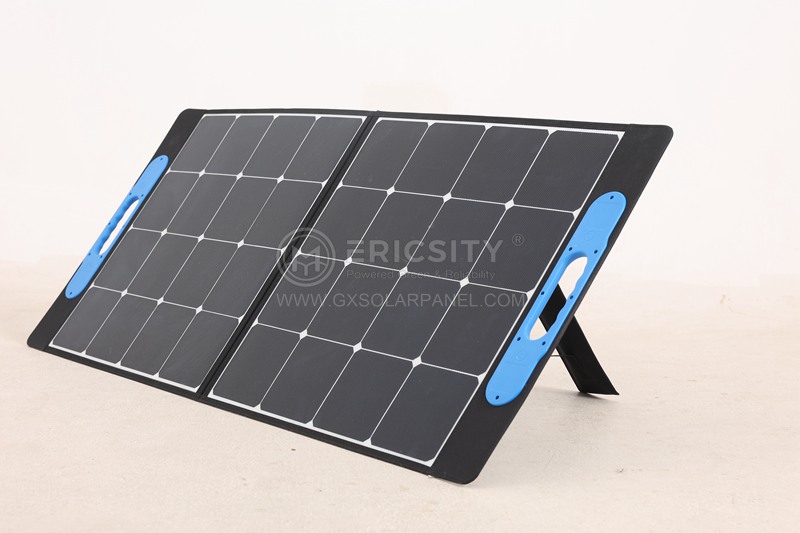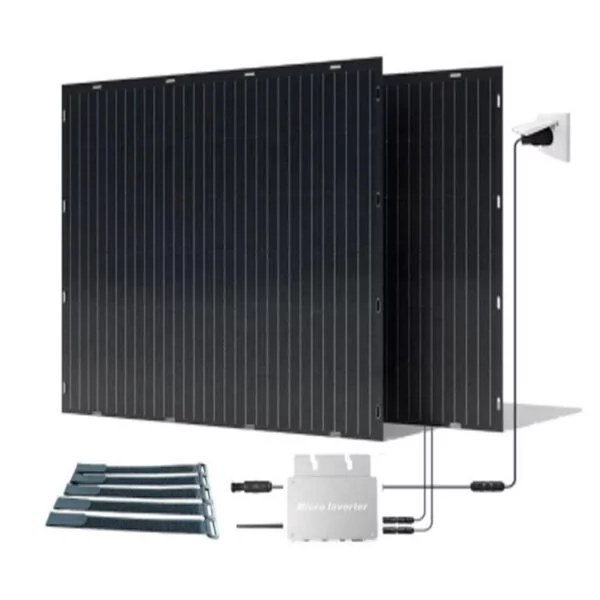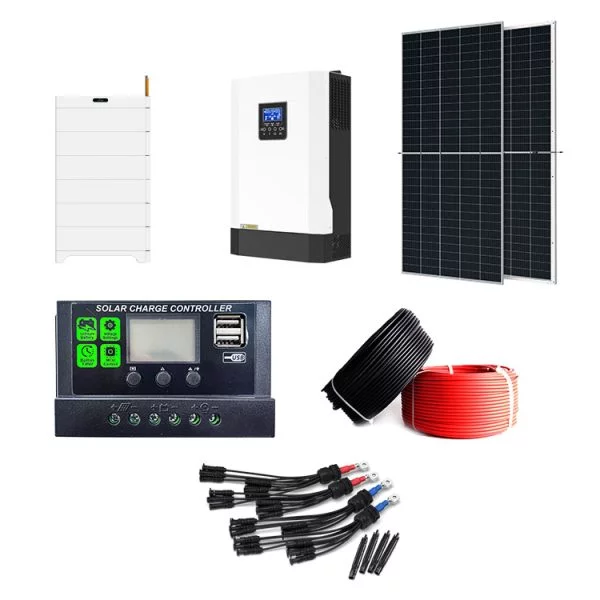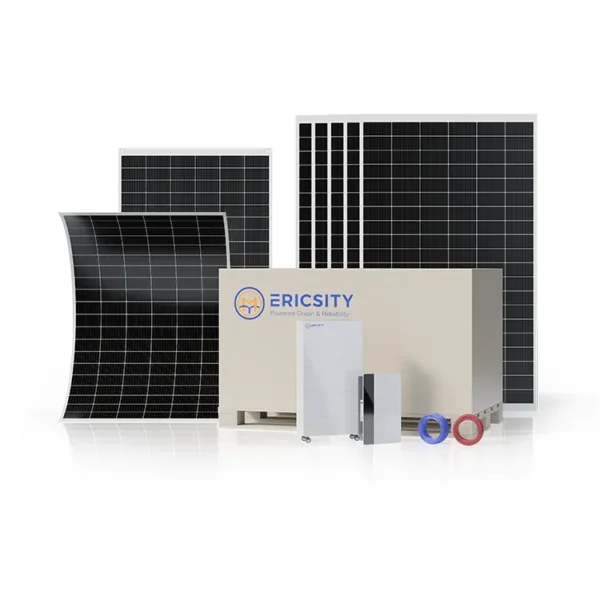HOT PRODUCT
Product Details
Financing Your Solar Dreams: Options For Managing Residential Solar Costs
Title: Financing Your Solar Dreams: Options for Managing Residential Solar Costs
Introduction (60 words):
As the world looks for sustainable energy alternatives, residential solar power systems have gained popularity for their environmental benefits and long-term cost savings. However, initial installation costs can be significant, making financing options crucial for homeowners seeking to embrace solar energy. In this article, we will explore various financing options available, equipping you with the knowledge needed to make an informed decision and bring your solar dreams to fruition.
1. Cash Purchase (80 words):
The simplest option for financing a residential solar system is an outright cash purchase. By paying the full cost upfront, homeowners can enjoy the immediate benefits of solar power without any monthly payments. While this may require a substantial initial investment, it offers the highest long-term savings since there are no interest charges or ongoing fees. Purchasing a solar system with cash provides complete ownership and allows homeowners to capitalize on federal and local incentives.




2. Solar Loans (110 words):
For homeowners who cannot afford the entire cost upfront, solar loans are a popular financing option. These loans are specifically designed for solar installations, providing affordable interest rates and long repayment periods. With solar loans, homeowners can spread the cost of the system over several years while still enjoying the benefits of solar power. Additionally, since the solar system serves as collateral, the loan is secured, resulting in lower interest rates compared to personal loans. It is advisable to shop around for competitive rates, terms, and conditions from multiple lenders before selecting a solar loan option.
3. Solar Leases (120 words):
Solar leasing offers an alternative method for homeowners to access solar power without owning the system outright. In this arrangement, a solar company installs and maintains the solar panels on your property. Homeowners then pay a fixed monthly lease payment over a predetermined term, typically ranging from 15 to 20 years. Although homeowners may not fully benefit from the tax incentives as they do not own the system, solar leases require no upfront costs and allow for immediate savings on energy bills. However, it’s crucial to review and understand the terms, including potential escalations in lease payments over time, before entering into a solar lease agreement.
4. Power Purchase Agreements (PPAs) (130 words):
Power Purchase Agreements (PPAs) are similar to solar leases; however, rather than paying a fixed monthly lease, homeowners pay for the electricity produced by the solar system at a predetermined rate. With a PPA, the solar company is responsible for the system’s installation, operation, and maintenance. The agreement typically spans 15 to 25 years and provides homeowners with immediate savings on their electricity bills without the need for upfront costs. Like solar leases, homeowners should carefully review the terms and understand the terms of escalating or flat-rate payments throughout the PPA term.
Conclusion (60 words):
With various financing options available, homeowners can turn their solar dreams into reality while managing the initial costs associated with residential solar installations. Whether through cash purchases, solar loans, solar leases, or power purchase agreements, each option has its advantages and considerations. By understanding these choices and consulting with professional solar providers, homeowners can make an informed decision that aligns with their financial goals, contributing to a sustainable future powered by solar energy.




